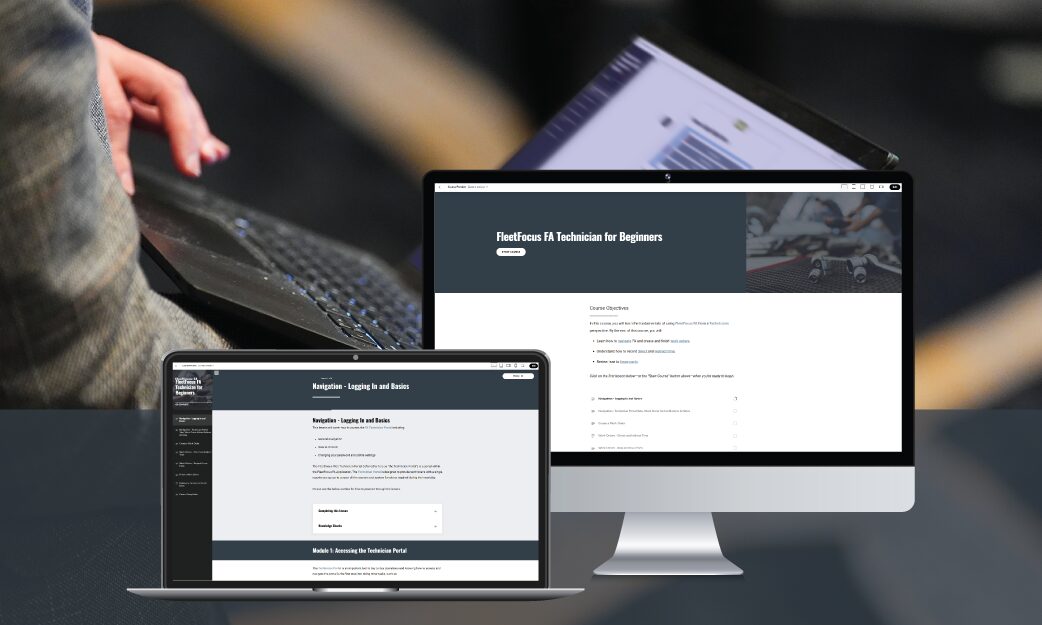GPS Data Points the Way to a Projected Savings of $1.2M Annually
Named the No. 1 fleet operation in North America in 2014 by the “100 Best Fleets” Program and the greenest fleet in North America in 2011, the City of Columbus is one of the best managed fleets in the country. No stranger to using innovation and technology to achieve their goals, the City of Columbus added AssetWorks GPS powered by Verizon Networkfleet to their fleet in 2012. Today, they have GPS functionality installed on approximately 2,500 vehicles ranging from light duty city vehicles, police cruisers and fire trucks to large bat wing mowers.
In addition to vehicle location and geofence monitoring to ensure that vehicles are where they should be, the city also collects telematic data such as diagnostic trouble codes, vehicle speeds and idling times to monitor their day-to-day operational activities. As the data is sent in from the vehicles, the software in the office looks for unusual or unwanted events and then alerts the appropriate departments and personnel.
As Kelly Reagan, Fleet Administrator for the city explains, “We have enabled exception reporting for events like speed and idle violations and we use the system to provide daily monitoring of the fleet. Each department of the city is responsible for monitoring the information and encouraged to address all the alerts that they receive.”
The fleet department also uses the GPS data to analyze and assess vehicle and driver performance in order to look for areas where improvements can be made. “Recently we were able to recommend a new technology for police vehicles to encourage additional fuel savings,” says Reagan.
Fleet department staff determined that patrol vehicles idle about 50% of ‘key-on’ time. This led to the exploration and selection of an anti-idling technology called the GRIP system that will automatically shut off the vehicle’s engine if it has been idling for more than two minutes. Although it shuts off the engine, the technology continues to power auxiliary equipment as though the vehicle were still running, which allows for both hot and cold climate control as well as air bag deployment.
Based on pilot data, using the anti-idling system decreased vehicle idling by 34% which will result in fuel savings of approximately $3,500 per vehicle within the first year.
“Basically the cost is $3,000 and the projected savings per cruiser in the first year is in excess of $3,500,” explains Reagan. “This equates to fuel cost savings of $1.2 million per year once we have all 339 cruisers on the anti-idle technology.”
The initiative has been a cooperative effort between both the police and fleet departments working together to affect change. Next on deck, the fleet department is starting a test pilot for ambulances, which, according to the GPS data, idle about 64% of ‘key-on’ time.
The true value of a GPS and telematics solution lies in the actionable data it provides for fleet managers and organization leadership to improve behavior and processes. The City of Columbus has found success by analyzing verified data, identifying an area for improvement and then executing an innovative strategy to solve the problem.












